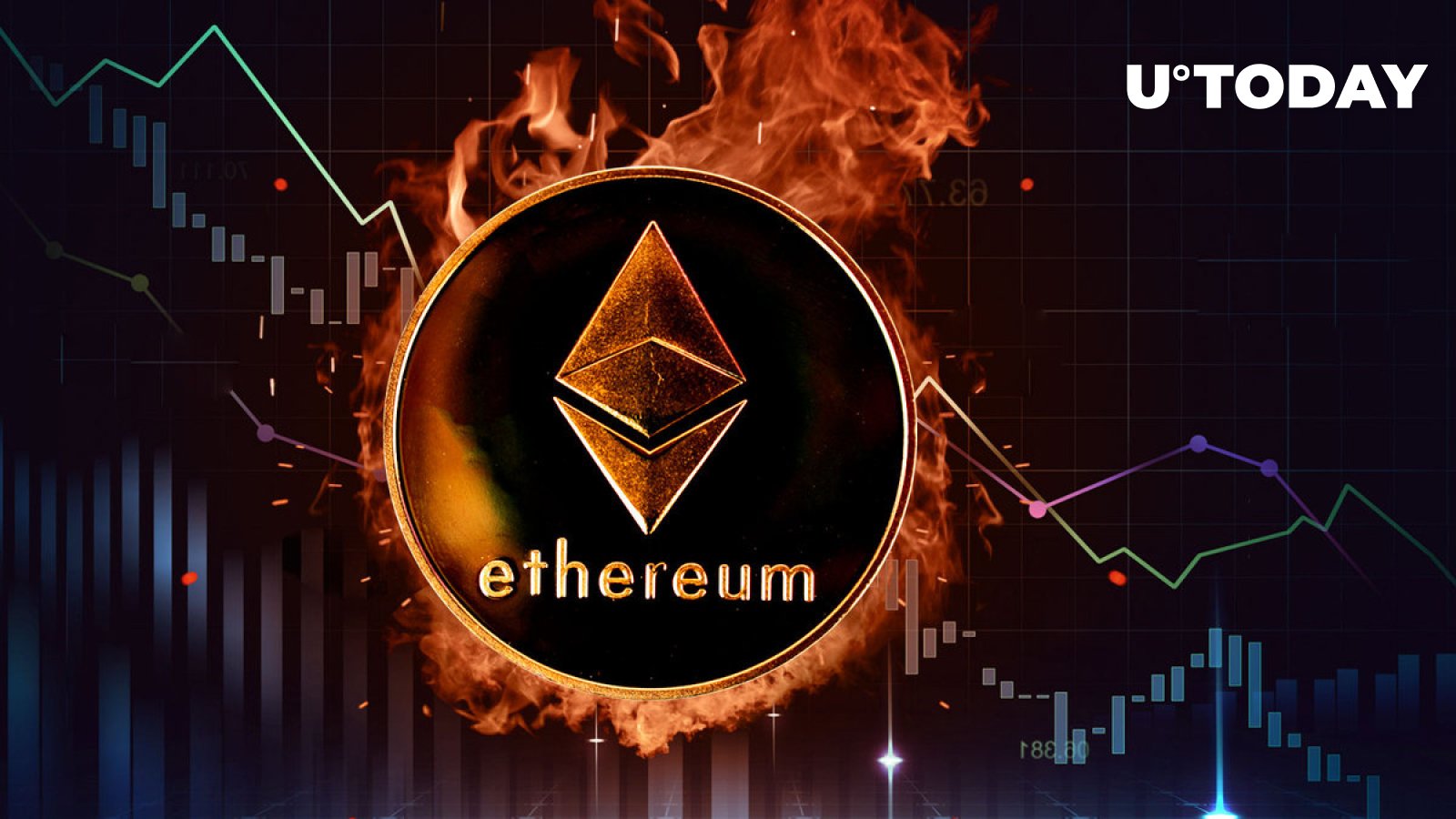
Due to lack of activity on network, Ethereum burn saw notable decline
Ethereum’s celebrated burn mechanism has recently shown signs of cooling down, prompting some to question if the world’s second largest blockchain by market cap is not currently deflationary. Recent data raises eyebrows, illustrating a sharp decline in the Ethereum burn rate.
On Aug. 12, the single-day burn rate for Ethereum dropped to merely 570.54 ETH. This low figure is not far from the previous bottom recorded on Oct. 2, 2022, when only 498.16 ETH were burned. Such figures can be troubling for investors and Ethereum enthusiasts who look at the burning mechanism as a way to counteract the inflationary tendencies of cryptocurrency, ultimately enhancing ETH’s scarcity and value.
A closer look at the data and underlying activity reveals a significant shift from Ethereum’s Layer 1 (L1) to Layer 2 (L2) solutions. L2 solutions, like Arbitrum and Base, aim to scale Ethereum by handling transactions off the main chain and then settling them in a condensed form. This migration from L1 to L2 reduces the load on Ethereum’s mainnet and, consequently, the number of transactions that contribute to the burn rate.
Moreover, the current decline in activity on Ethereum’s mainnet is not solely due to technical shifts. An equally crucial factor is the waning interest of institutional investors in the Ethereum space. Institutions, with their significant purchasing power, play a pivotal role in driving transaction volume and, by extension, the burn rate of Ethereum. Without consistent institutional participation, especially in large-scale transactions, Ethereum’s mainnet activity may remain subdued, impacting the burn rate.
As for institutional investors, the flow of interest from them into the crypto space is not uncommon and can be influenced by a myriad of factors, ranging from global economic conditions to regulatory shifts.
Read More: u.today









 Bitcoin
Bitcoin  Ethereum
Ethereum  Tether
Tether  Solana
Solana  XRP
XRP  Dogecoin
Dogecoin  USDC
USDC  Cardano
Cardano  Lido Staked Ether
Lido Staked Ether  Avalanche
Avalanche  TRON
TRON  Toncoin
Toncoin  Stellar
Stellar  Wrapped stETH
Wrapped stETH  Shiba Inu
Shiba Inu  Wrapped Bitcoin
Wrapped Bitcoin  Polkadot
Polkadot  Chainlink
Chainlink  WETH
WETH  Bitcoin Cash
Bitcoin Cash  Sui
Sui  Pepe
Pepe  NEAR Protocol
NEAR Protocol  LEO Token
LEO Token  Uniswap
Uniswap  Litecoin
Litecoin  Wrapped eETH
Wrapped eETH  Aptos
Aptos  Hedera
Hedera  Internet Computer
Internet Computer  USDS
USDS  Cronos
Cronos  Ethereum Classic
Ethereum Classic  Bittensor
Bittensor  POL (ex-MATIC)
POL (ex-MATIC)  Render
Render  Ethena USDe
Ethena USDe  Artificial Superintelligence Alliance
Artificial Superintelligence Alliance  Arbitrum
Arbitrum  Filecoin
Filecoin  Bonk
Bonk  Dai
Dai  Celestia
Celestia  Stacks
Stacks  WhiteBIT Coin
WhiteBIT Coin  Immutable
Immutable  Cosmos Hub
Cosmos Hub